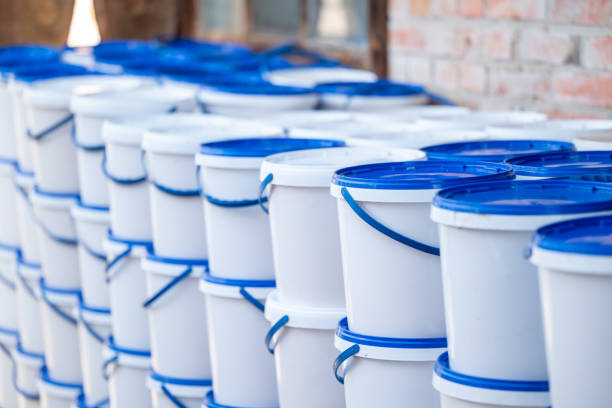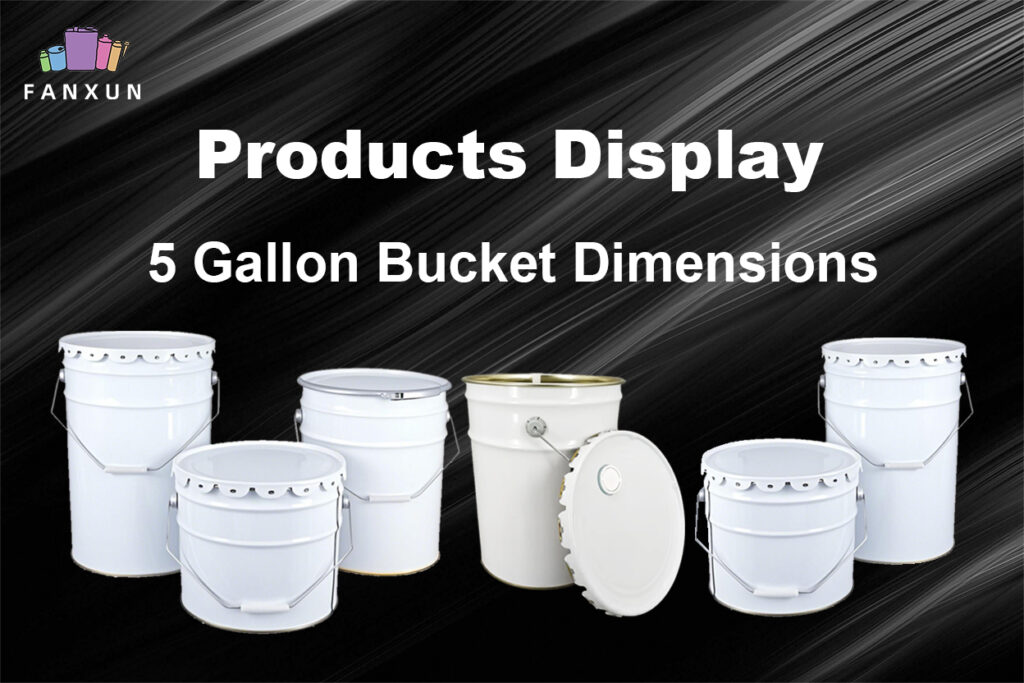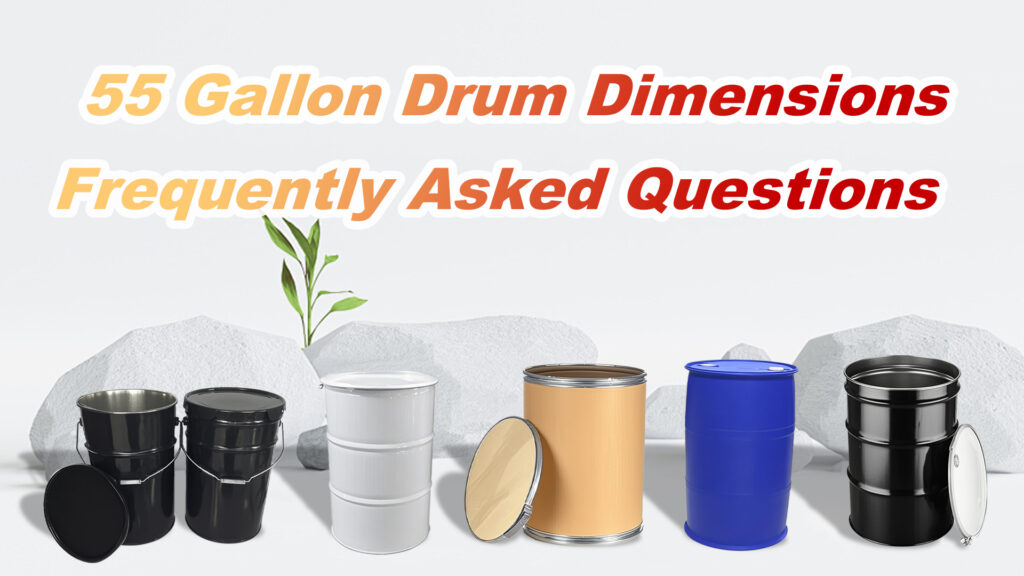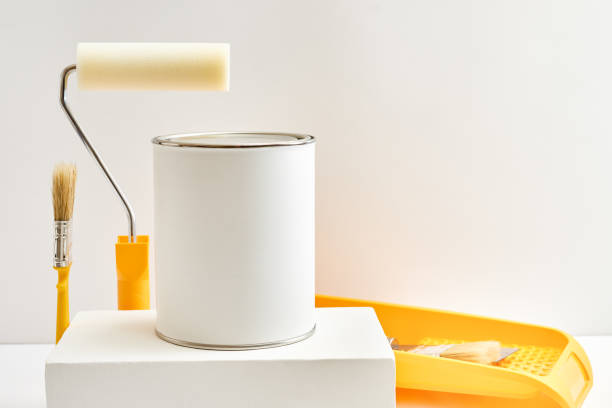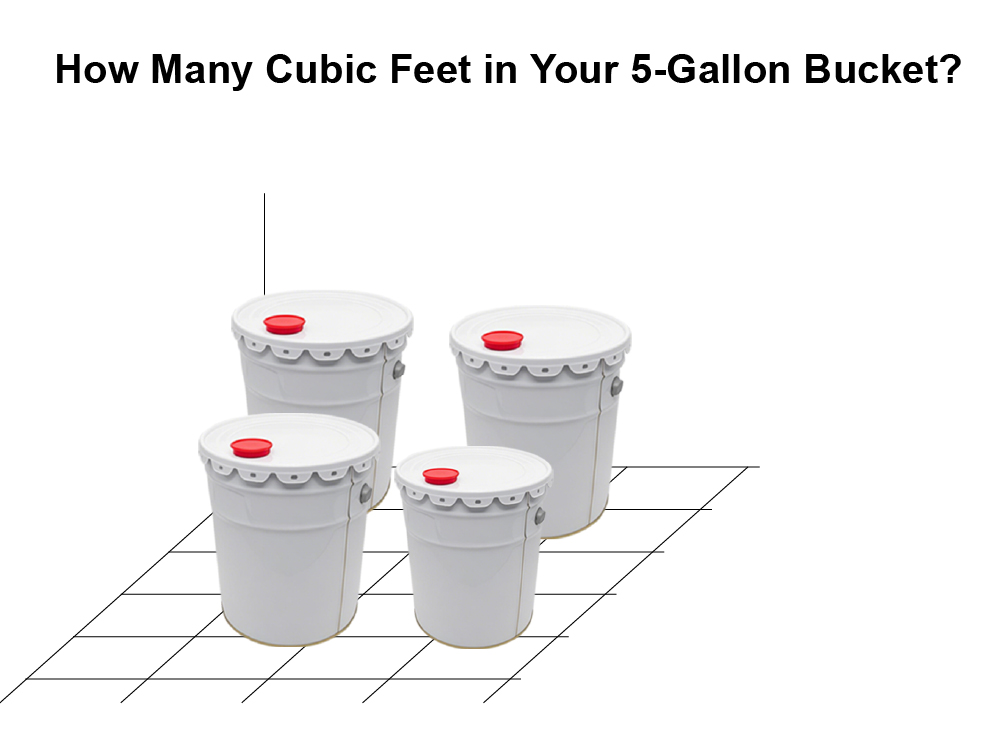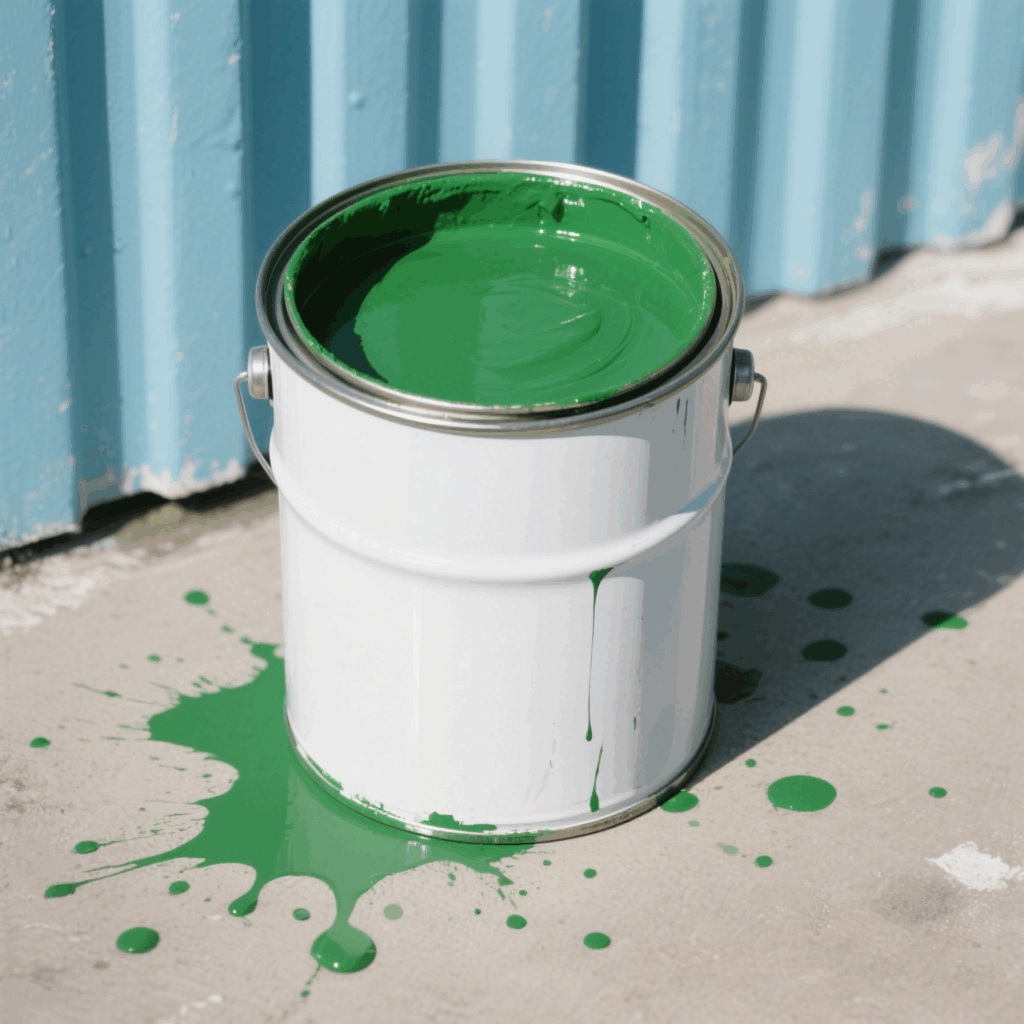Ever found yourself staring at a pile of mulch, soil, or gravel, a trusty 5-gallon bucket in hand, wondering, “Just how many of these will I need to fill a cubic yard?” Or perhaps you’re ordering materials and trying to visualize what a cubic yard actually looks like in terms of those familiar buckets. If you’re like me, you want a straightforward answer and some practical advice to get your project done right. Let’s dive in and figure this out together!
Quanti secchi da 5 galloni ci sono in un cortile cubico?
Okay, let’s get straight to the point. Mathematically speaking:
- 1 US gallon is approximately 0.133681 cubic feet.
- COSÌ, a 5-gallon bucket holds approximately 5 x 0.133681 = 0.668405 cubic feet.
- A cubic yard is 3 feet x 3 feet x 3 piedi, which equals 27 cubic feet.
Now, for the calculation: Number of 5-gallon buckets in a cubic yard = (Volume of a cubic yard) / (Volume of a 5-gallon bucket) Number of 5-gallon buckets = 27 cubic feet / 0.668405 cubic feet/bucket Number of 5-gallon buckets ≈40.39
COSÌ, theoretically, you would need circa 40.4 seven 5-gallon buckets to make up one cubic yard.
For practical purposes, you’ll often see this rounded. You might need slightly more or fewer depending on how you fill the buckets and the material itself.
Breaking It Down:
It can be a bit mind-boggling to switch between gallons, cubic feet, and cubic yards. Here’s a simple way to think about it:
- Imagine a Cube: A cubic yard is literally a cube shape that is 1 yard long, 1 yard wide, E 1 yard high. Since 1 yard equals 3 piedi, this cube is also 3 feet x 3 feet x 3 piedi.
- Bucket Size: Your standard 5-gallon bucket is a much smaller unit of volume.
The key is converting everything to a common unit, like cubic feet, before doing the final calculation.
| Unit | Equivalent in Cubic Feet | Equivalent in US Gallons |
|---|---|---|
| 1 US Gallon | ≈0.133681 cu ft | 1 US Gallon |
| 5-Secchio gallone | ≈0.668405 cu ft | 5 US Gallons |
| 1 Cubic Foot | 1 cu ft | ≈7.48 US Gallons |
| 1 Cubic Yard | 27 cu ft | ≈201.97 US Gallons |
Why you need to know this?
Knowing this conversion is super handy for a variety of DIY and professional projects:
- Gardening: Buying topsoil, compost, or mulch? These are often sold by the cubic yard. If you don’t have a truck, you might be transporting it in 5-gallon buckets.
- Landscaping: Moving gravel for a pathway, sand for a paver base, or decorative stones? Again, cubic yards are the standard measurement.
- Construction: Mixing concrete? Small batches are often measured out using buckets. Knowing the conversion helps you figure out how many bags of concrete mix you might need if a supplier tells you the yield in cubic yards.
- Debris Removal: Clearing out soil, rocks, or other heavy debris? Estimating the volume in buckets can help you understand how much you’re dealing with.
Per esempio, if I’m planning to add a 2-inch layer of mulch to my 10 ft x 15 ft garden bed:
- Area = 10 ft×15 ft=150 sq ft
- Depth = 2 inches = 2/12 foot≈0.167 piedi
- Volume needed = 150 sq ft×0.167 ft≈25 cubic feet
- Since 1 cubic yard = 27 cubic feet, I need just under 1 cubic yard.
- In 5-gallon buckets: 25 cubic feet/0.668405 cubic feet/bucket≈37.4 buckets. COSÌ, I’d be looking at roughly 37-38 buckets of mulch for this project.
Important Considerations: Beyond the Pure Math
While 40.4 is the mathematical answer, real-world scenarios have a few variables:
- Actual Bucket Volume: Is your bucket truly 5 galloni? Some buckets might be slightly smaller or larger. Check for markings.
- Filling Level: Are you filling your buckets perfectly level, or are they heaped? Heaping will mean fewer buckets per cubic yard, while underfilling will mean more. For materials like mulch, you might heap them. For something like sand or gravel, you’ll likely fill them closer to the brim.
- Material Compaction:
- Loose materials like mulch or dry leaves will compress. You might fit “more” material into the cubic yard space than the bucket volume alone suggests because it settles.
- Dense materials like gravel or wet sand don’t compact as much. The bucket calculation will be more accurate.
- Soil: Soil can vary greatly. Sciolto, fluffy topsoil will act differently than dense, wet clay.
- Spillage and Inefficiency: Let’s be honest, some material gets spilled! It’s wise to factor in a little extra, say 5-10%, to account for this. You’ll also lose a tiny bit of space between packed buckets if you’re trying to stack them into a cubic yard shape (though this is less relevant when just using them for transport).
- Material Swell/Shrinkage: Some materials, like concrete, have a different volume when wet (mixed) versus dry. The number of buckets of dry ingredients won’t directly translate to the same number of buckets of wet, cured concrete that fills a cubic yard. Always refer to the manufacturer’s instructions for concrete.
Given these factors, for practical planning, it’s often a good idea to round up. If the math says 40.4 buckets, thinking in terms of 40 A 42 buckets is a safe range.
FAQ: Your Questions Answered
Q1: How many 5-gallon buckets of concrete are in a cubic yard? This is a common one! Ready-mix concrete is sold by the cubic yard. If you’re mixing it yourself from bags, an 80 lb bag of concrete mix typically yields about 0.6 cubic feet of concrete.
- Cubic yard = 27 cubic feet.
- Number of 80lb bags = 27 cu ft / 0.6 cu ft/bag = 45 bags. If you were to transfer one cubic yard of mixed concrete into 5-gallon buckets (which hold approx 0.668 cu ft):
- Number of buckets = 27 cu ft / 0.668 cu ft/bucket ≈40.4 buckets. Tuttavia, it’s more practical to think about the dry ingredients or the yield of bags.
Q2: How many 5-gallon buckets for a yard of soil or mulch? For soil or mulch, due to potential compaction and how you fill the buckets (often heaped for mulch), you might find the 40.4 number is a good starting point, but be prepared for slight variations. If I’m buying a cubic yard of mulch, I expect to fill around 40-41 buckets if I’m careful, maybe slightly fewer if I really heap them.
Q3: Does the type of material drastically change the number of buckets? IL volume calculation (40.4 buckets) doesn’t change based on the material because a cubic yard is a measure of volume, and so is a 5-gallon bucket. Tuttavia, the weight per bucket will change dramatically (PER ESEMPIO., a bucket of feathers vs. a bucket of rocks), and how the material settles or compacts within the cubic yard or within the bucket can lead to needing slightly more or fewer bucket trips to move what is effectively a cubic yard of material.
Q4: What if my buckets aren’t exactly 5 galloni? If your buckets are a different size, you’ll need to adjust the calculation.
- Find the volume of your bucket in gallons.
- Convert that to cubic feet (multiply gallons by 0.133681).
- Divide 27 (cubic feet in a cubic yard) by your bucket’s volume in cubic feet. Esempio: For a 3-gallon bucket:
- 3 galloni * 0.133681 cu ft/gallon ≈0.401 cu ft per bucket.
- 27 cu ft / 0.401 cu ft/bucket ≈67.3 buckets.
Q5: Is it better to buy materials by the bag or by the cubic yard? This depends on the quantity you need.
- Small projects: Bags are convenient.
- Large projects: Buying by the cubic yard (bulk) is almost always more cost-effective. Knowing the bucket conversion can help you manage bulk deliveries if you need to move it from the drop-off point to the final location.
Final Thoughts:
Understanding how many 5-gallon buckets are in a cubic yard – roughly 40.4 – empowers you to plan your projects more effectively, whether you’re a keen gardener, a DIY enthusiast, or tackling a small construction job. Always remember to consider the type of material, how you fill the buckets, and maybe add a small margin for error.
And when it comes to sourcing your buckets, quality matters. For durable and reliable containers for all your project needs, whether it’s for mixing, hauling, or storage, consider a trusted supplier. FANXUN is a world-class can and bucket manufacturer and supplier that can provide products in different specifications and shapes, ensuring you have the right tools for the job.















